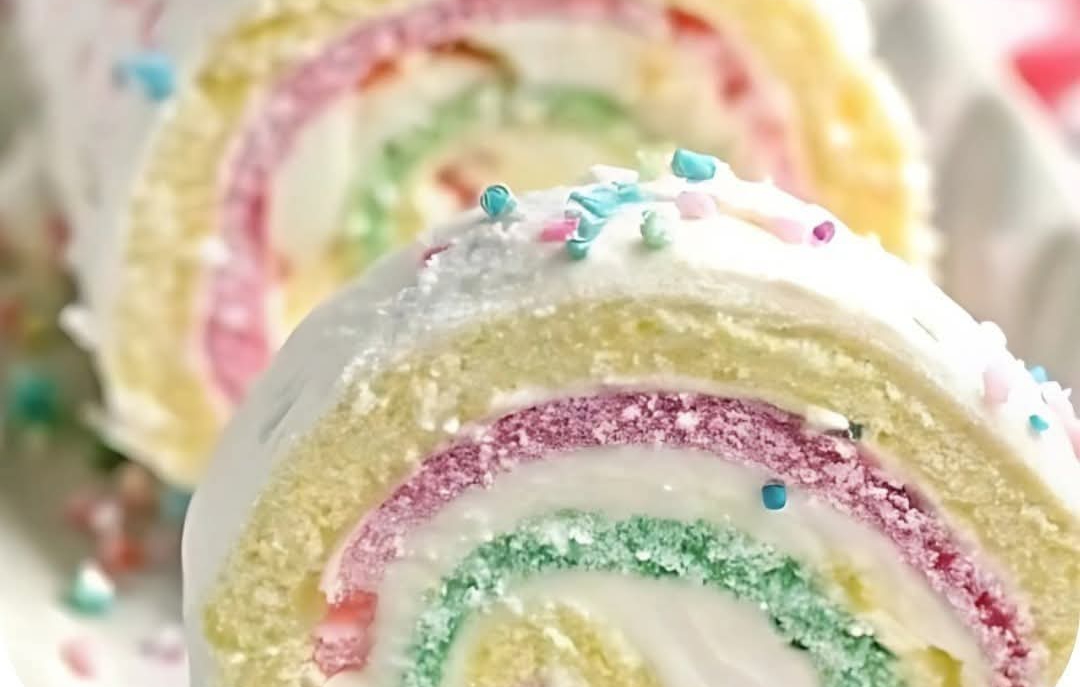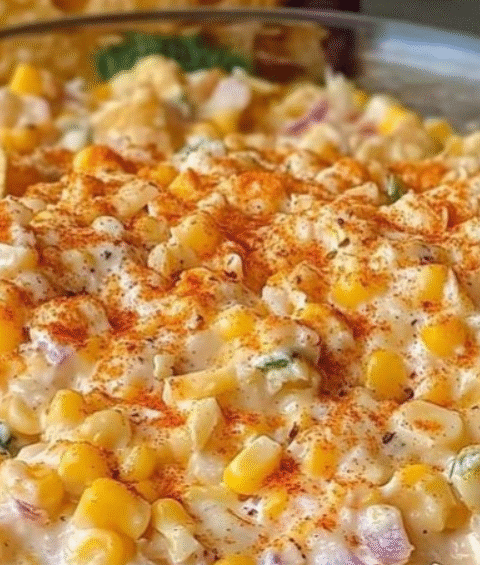Torta della Nonna – A Timeless Italian Classic 🇮🇹
Picture yourself in a cozy Italian kitchen, sunlight filtering through the window, the scent of lemon zest and vanilla in the air. On the counter sits a golden tart—its short‑crust pastry enveloping a creamy lemon‑vanilla custard, topped with toasted pine nuts and a gentle dusting of powdered sugar. This is Torta della Nonna, a dessert that marries rustic charm with elegant flavor. Whether for a family gathering, a lazy afternoon or a special celebration, this Italian classic offers comforting textures, bright citrus notes and nostalgic appeal.
In this article, you’ll find:
- The why: what makes this recipe worth your time
- Full ingredient list & serving size (8‑10) with prep and cook instructions
- Equipment you’ll need, step‑by‑step method
- Authentic health & safety considerations
- A nutrition and health benefits table
- Chef‑level tips, variation ideas and serving suggestions
- 10 detailed FAQs to answer your questions
Introduction: Why This Recipe Works
The magic of Torta della Nonna lies in the balanced interplay of textures and flavors:
- A crisp yet tender short‑crust pastry shell (pasta frolla) that gives structure and buttery richness.
- A smooth, silky lemon‑infused custard (crema pasticcera) that provides depth, creaminess and brightness.
- The toasted pine nuts on top add a subtle crunch and nutty aroma, while the dusting of powdered sugar gives a final flourish of sweetness and presentation.
Although the name literally means “grandmother’s cake,” suggesting a home‑kitchen origin, most food historians agree that the recipe was likely born in a restaurant in Tuscany (Florence/Arezzo) in the early 1900s. :contentReference[oaicite:1]{index=1}
In other words: this recipe may look nostalgic and homemade, but it’s backed by real pastry tradition. That means you can execute it with care and get excellent results.
Ingredients (Serves 8–10)
For the Pastry
- 2¼ cups all‑purpose flour
- ½ cup granulated sugar
- Zest of 1 lemon
- ½ tsp salt
- 1 cup unsalted butter, cold and cubed
- 1 large egg + 1 egg yolk (one for the dough, one for brushing the top)
- 1 tsp vanilla extract
For the Custard Filling
- 2 cups whole milk
- Zest of 1 lemon
- ½ vanilla bean (split and scraped) or 1 tsp vanilla extract
- 4 large egg yolks
- ½ cup granulated sugar
- 3 Tbsp cornstarch
- 1 Tbsp unsalted butter
For the Topping
- ½ cup pine nuts, lightly toasted
- Powdered sugar, for garnish
Equipment
- 9‑inch tart pan or 9‑inch springform (with removable base makes unmolding easier).
- Mixing bowls (one for pastry dough, one for custard prep).
- Pastry cutter or food processor (optional) to work the butter into the flour.
- Whisk & saucepan for custard.
- Rolling pin and lightly floured surface for pastry.
- Fine‑mesh sieve (optional but recommended for very smooth custard).
- Cooling rack.
Instructions
1. Prepare the Pastry Dough
In a mixing bowl, stir together the flour, sugar, salt and lemon zest. Add the cold cubed butter and use your fingertips or pastry cutter to work it into the dry ingredients until the texture resembles coarse crumbs. In a smaller bowl, whisk together the egg + egg yolk + vanilla extract. Pour this into the flour‑butter mixture and gently combine until a dough forms. Divide the dough into two equal portions, shape each into a disc, wrap in plastic, and refrigerate for at least 30 minutes (to firm up the butter and make rolling easier).
2. Make the Custard
In a saucepan, gently heat the milk together with the lemon zest and the vanilla bean seeds (or vanilla extract) until the milk is steaming (do not let it boil). In a separate bowl, whisk the egg yolks together with the sugar and cornstarch until smooth. Slowly pour a little of the warm milk into the egg‑yolk mixture to temper the eggs (whisking constantly). Then pour the tempered mixture back into the saucepan with the remainder of the milk. Place over medium‑low heat, stirring constantly, until the mixture thickens into a creamy custard (about 5–7 minutes). Remove from heat, stir in the butter until melted, then cover the surface of the custard with plastic wrap pressed directly onto it (to prevent a skin forming). Let it cool slightly.
3. Assemble the Tart
Preheat your oven to 350 °F (≈ 175 °C). Grease your tart pan or springform pan. Take one disc of chilled dough and roll it out on a lightly floured surface to fit the base and sides of your prepared pan. Gently press it into the pan and up the sides. Spoon the slightly cooled custard into the shell and smooth the surface. Roll out the second disc of dough and place it over the filling, trimming off excess pastry, and sealing the edges carefully. If you like, brush the top with the reserved egg yolk.
4. Add the Topping & Bake
Scatter the toasted pine nuts evenly over the top of the tart. Bake for about 35–40 minutes or until the crust is golden and the filling is set (the center should no longer be jiggly). Oven times may vary depending on your equipment.
5. Cool and Finish
Once baked, remove from the oven and let the tart cool fully in the pan on a wire rack. After cooling, dust generously with powdered sugar. Slice and serve: at room temperature or slightly cool. You can accompany it with a scoop of vanilla gelato or whipped cream if desired.
Notes
- Chilling the dough is important — warm butter will make the pastry less crisp.
- When making the custard, constant stirring and moderate heat prevent curdling or lumps.
- Using a fine‑mesh sieve to strain the custard gives a smoother texture.
- Toasting pine nuts: Place them in a dry skillet over medium heat for about 3‑5 minutes, stirring constantly to avoid burning.
- Allow the tart to rest after baking so the custard sets and slicing is cleaner.
Health & Safety Considerations
Here are important considerations to keep in mind:
- Egg yolks &custard safety: The custard is cooked, but ensure it reaches a safe temperature (around 70‑80 °C) so the egg yolks are fully set and safe to eat.
- Ingredient freshness: Use fresh milk and eggs. If your butter is too soft, the pastry may spread excessively.
- Nuts (pine nuts): Pine nuts are generally safe, but if anyone has a nut allergy, consider substituting (e.g., toasted almonds) or omitting.
- Storage & refrigeration: Once baked and cooled, store the tart covered in the refrigerator. Because the filling is custard‑based, it’s best consumed within 2‑3 days for best flavor and texture.
- Portion control: While this dessert is satisfying and somewhat rich (buttery pastry + custard), serving moderate slices alongside fresh fruit or an espresso is a smart balance.
Nutrition & Health Benefits Table
Here’s a table summarizing the approximate nutrition and benefits of the main components (based on the listed ingredients, yields ~8‑10 servings). These values are estimates and will vary depending on ingredient brands and exact portion sizes.
| Component | Serving Size (approx.) | Key Nutrients & Benefits |
|---|---|---|
| Short‑crust pastry (per slice) | ~ 50‑60 g | Provides carbohydrates for energy; butter contributes saturated fat and flavor — richness matters, so portion size counts. |
| Custard filling (per slice) | ~ 80‑100 g | Contains protein from egg yolks, calcium from milk; lemon zest adds flavour without significant calories; vanilla adds aromatic satisfaction. |
| Pine nuts (½ tbsp approx per slice) | ~ 10‑12 g | Good source of healthy fats (monounsaturated), magnesium, vitamin E; adds texture and flavour value per bite. |
**Estimated nutrition per serving (approx):** ~300‑350 kcal; Protein ~6‑8 g; Carbohydrates ~30‑35 g; Fat ~15‑20 g; Fibre ~1‑2 g.
**Health benefit highlights:**
- The lemon zest and vanilla aroma make the dessert feel lighter and more fragrant — flavour boost with minimal extra calories.
- Using whole milk and egg yolks gives richness, and while this is an indulgence, limiting to a moderate slice helps keep it part of a balanced approach.
- The pine nuts contribute beneficial fat and micronutrients — a little goes a long way.
Tips, Variations & Serving Suggestions
Here are ideas to adapt and elevate this recipe:
- Pastry flavour variation: Add a pinch of finely ground almonds (almond meal) in the pastry dough for additional flavor and texture.
- Custard flavour tweak: Use orange zest instead of lemon, or add a splash of amaretto or limoncello for a grown‑up twist.
- Nut substitution: If you don’t have pine nuts (or they’re expensive), substitute with toasted sliced almonds or hazelnuts — though note flavour and tradition will shift.
- Shape variation: Instead of a full tart, you can make smaller individual tarts (use mini‑tart pans) for portion control or buffet style.
- Serving suggestions: Serve at room temperature or slightly cooled. Pair with a scoop of vanilla gelato, a dollop of whipped cream, or fresh berries. A strong espresso or dessert wine (like Vin Santo) complements nicely.
- Make‑ahead strategy: You can prepare the custard and pastry dough ahead (1 day in advance). On the day of serving assemble, bake and finish. This makes it more manageable for dinner parties.
Frequently Asked Questions (FAQ)
- Can I use store‑bought short‑crust pastry?
Yes, you can for convenience — roll out one sheet for the base, one for the top. However, making your own ensures the buttery lemon‑zested flavor and best texture. - Can I make this gluten‑free?
Possibly, by using a gluten‑free flour blend in place of all‑purpose and ensuring your cornstarch/ingredients are gluten‑free labelled. However, texture may differ slightly from traditional. - Can I use something other than whole milk?
You could try reduced‑fat milk, but that may affect richness and texture of the custard. If using a fairly lean milk, consider adding a bit more butter or yolk to compensate. - How do I know when the tart is done?
The crust should be golden around the edges and lightly golden on top; the custard should be set (no runny center) but the tart may still have slight jiggle that will firm up as it cools. - Why did my pastry shrink from the pan sides?
This often happens if the dough was warm when pressed in, or not chilled long enough, or if the pan was greased too heavily. Chill the dough and rest it in the pan (for instance in fridge) before baking to minimise shrink. - How long can I store leftovers?
Cover the cooled tart and store in the fridge for up to 3‑4 days. For best texture and flavour, consume within that time. - Can I reheat a slice?
You can warm a slice slightly in a low oven (~300 °F/150 °C for ~5‑8 minutes) before serving, but avoid microwave as it may make the crust soggy. - What if I don’t like pine nuts?
You can omit them or use toasted almonds instead, though pine nuts are the traditional topping. - Can I add cherries or other fruit inside?
Yes — there are variations (for example “torta del nonno” uses cocoa and almonds) and some include cherries. But this shifts from classic style. :contentReference[oaicite:2]{index=2} - Why is lemon zest used in both pastry and custard?
Because the citrus brightness lifts and balances the richness of the butter‑filled pastry and creamy custard. It adds fragrance and a refreshing note, which is key to the dessert’s appeal.
Conclusion
Torta della Nonna is more than a dessert—it is tradition, heritage, comfort and elegance baked into one. The buttery short‑crust pastry, the creamy lemon‑vanilla custard, the toasted pine nuts, the delicate dusting of powdered sugar—all come together to create something truly special. While simple in concept, it rewards careful execution: cold butter in the pastry, properly tempered custard, precise baking and cooling for best texture. Whether you’re baking for guests or simply treating yourself, this tart is a recipe worth mastering and enjoying.
So preheat your oven, roll out your dough, let the aromas of lemon and vanilla fill your kitchen, and slice this classic tart with pride. Buon appetito! 🍋






